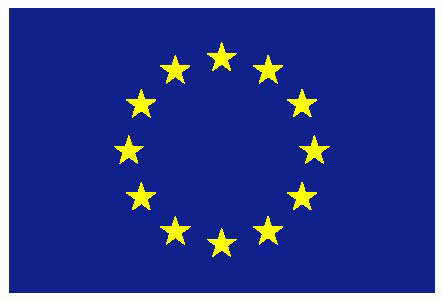Water Quality in Baltic Coastal Waters – Information and Lesson Planning Ideas for Teachers and Multipliers
The Baltic Sea is facing eutrophication issues caused by increased nutrient inputs. Nitrogen and phosphorous accumulate in coastal waters and can cause a variety of ecosystem problems: from algal blooms, to poorer light conditions, to suffocating animals due to low levels of oxygen.
This handout on “Water Quality in Baltic Coastal Waters” is addressed to multipliers and teachers in the field of natural sciences. By providing information and lesson planning ideas, children and young people can get acquainted with topics on water quality, focusing on the Szczecin Lagoon and on the Bay of Greifswald. Students will learn about typical plants and animals and will get to know the potential of mussels when it comes to improving water quality.
Key element is a printed satellite image (1,80*1,85m), which depicts the southeastern part of the German Baltic Sea coast and shows numerous algal blooms typically occurring in summer. With the aid of a card game dealing with plants and animals their natural occurrence can be understood and assigned to the map. The water exchange of fresh and salt water and the associated inflow of nutrients into the coastal water bodies can be traced with coloured glass stones and discussed in the group.
The materials also contain extensive background information, possible work assignments and an explanatory overview of all terms used.



BONUS BALTCOAST project has received funding from BONUS (Art 185), funded jointly by the EU and Baltic Sea national funding institutions.